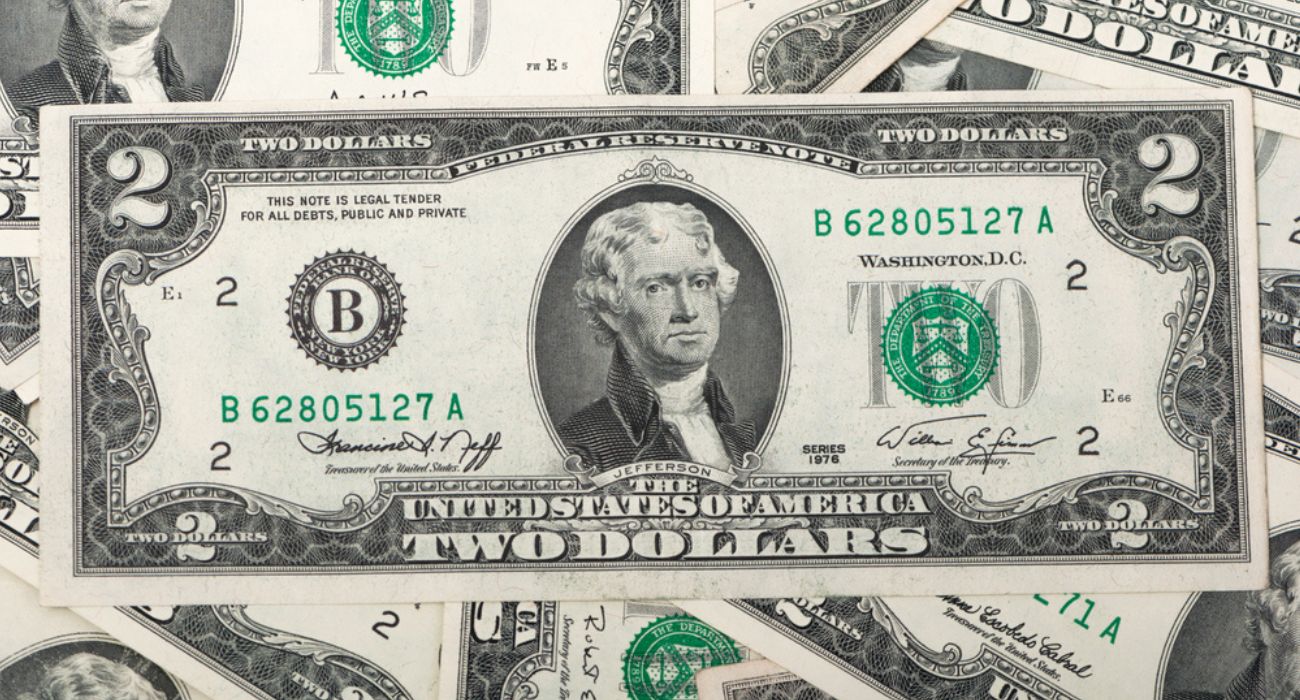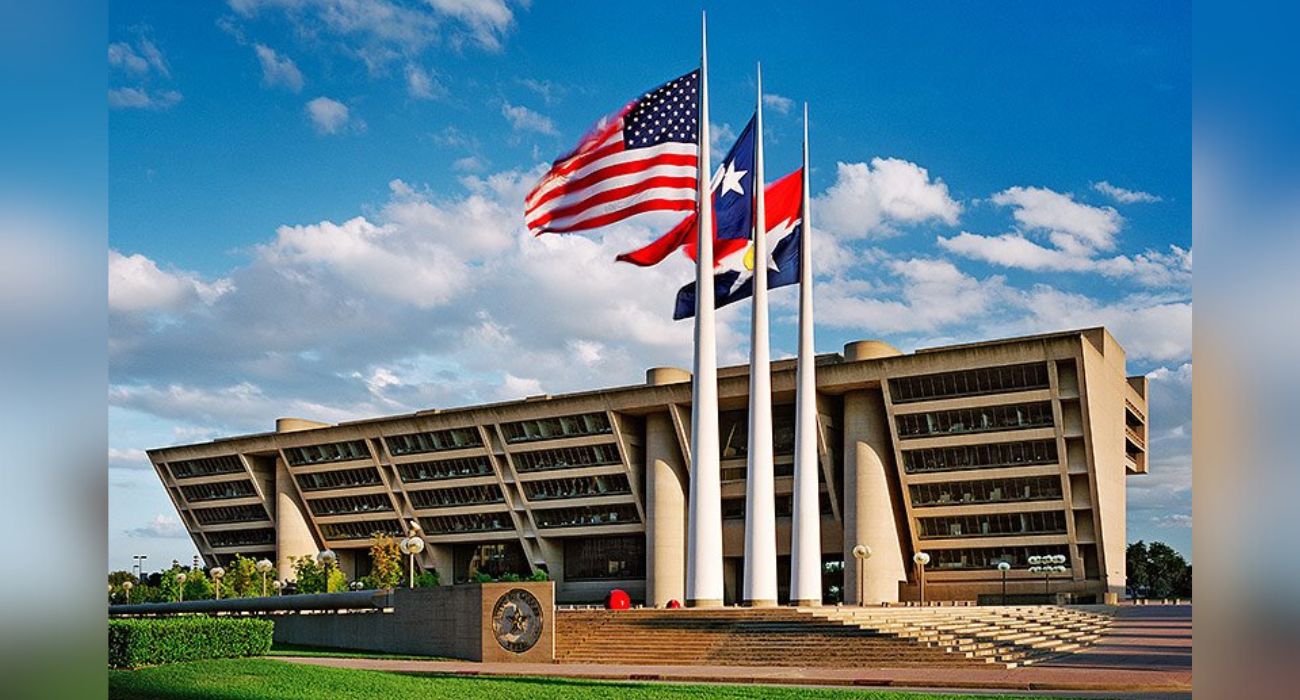Happen to have a few $2 bills stashed away in your attic? You might want to dig them out — they could be worth thousands of dollars.
Of the currency in circulation today, the $2 bill holds unique interest among collectors, and not just because it features either Alexander Hamilton or Thomas Jefferson. Some variations, particularly those printed in select years, have proven quite valuable in the world of currency collection.
More specifically, uncirculated $2 bills from as early as 1890 can command up to $4,500 at auction, while those dating from 1862 to 1917 can start at $1,000.
For instance, Heritage Auctions, one of the largest auction houses in the world, currently has a $2 note from 1862 up for bid till November 14. The highest bid to date sits at $725. Yet the demand isn’t just for bills from previous centuries. Another Heritage Auctions listing – a $2 bill minted in 2003 boasting a very early serial number – went for $2,400 and later fetched $4,000 when resold by the bidder.
The value of this bill among collectors is influenced by various factors, including the color of its seal and its condition. Red-sealed bills might range from $300 to $2,500 in worth, whereas brown or blue seals might bring in a few hundred dollars.
Yet what tickles the fancy of collectors most of all are the serial numbers featured on the front of the bill, usually beginning with a letter. “Solid” serial numbers of all the same digit or “ladders” appearing in ascending order generate high interest and thus higher value.
“A serial number ‘1’ for a 1976 $2 bill would be worth $20,000 or more,” explained Dustin Johnston, vice president of Heritage Auctions, according to MarketWatch.
Although Johnston said that the $2 bills worth big bucks to collectors are quite rare, it might be worth getting yours graded just in case you have a hidden treasure stashed away.
Professional grading services can cost around $20 per bill, but Heritage Auctions does offer free appraisals here.
While the notes of the past can fetch a pretty penny, Johnston advised against hanging onto today’s $2 bills or those minted in the future in hopes of seeing their value increase.
The $2 bill was initially unpopular, leading to a temporary halt in its production in the early 1900s. However, a patriotic revival during the U.S. Bicentennial in 1976 brought the bill back, and it has remained in circulation ever since.
As a result, Johnston reasoned, they’ve become too common and aren’t likely to appreciate by much.
“You’re almost better off spending them now, or depositing them in the bank vs. holding on to them,” he suggested.






